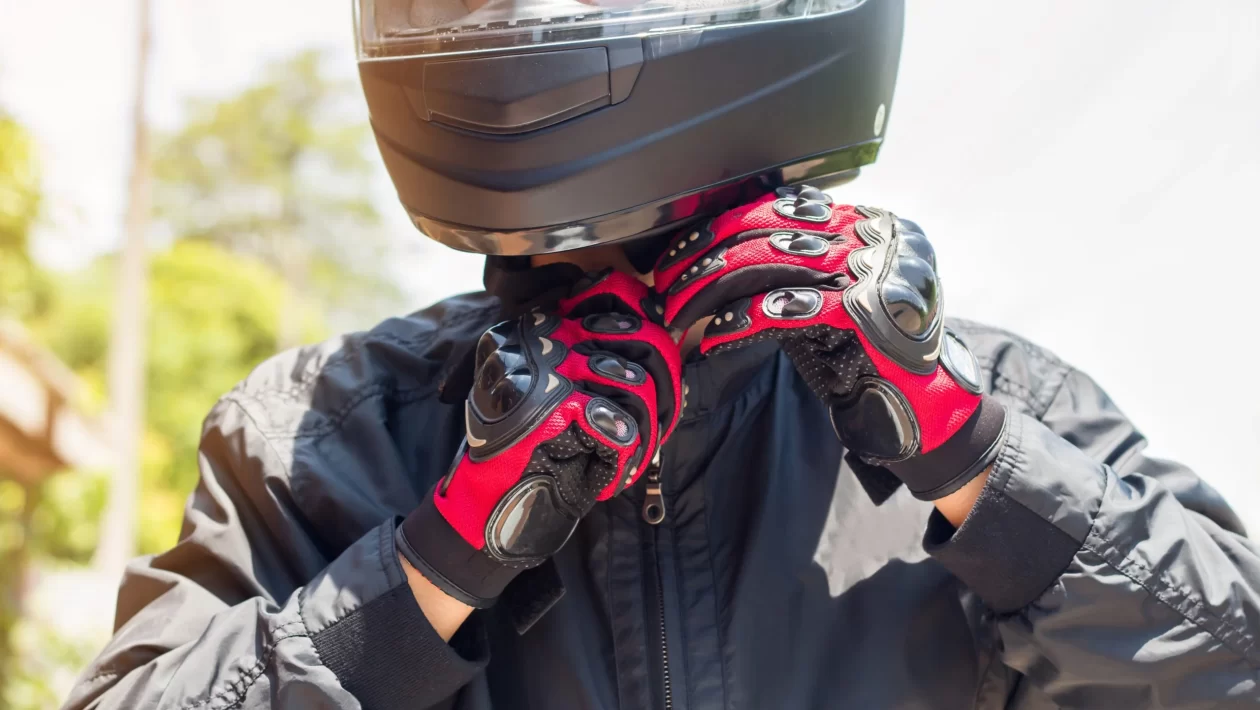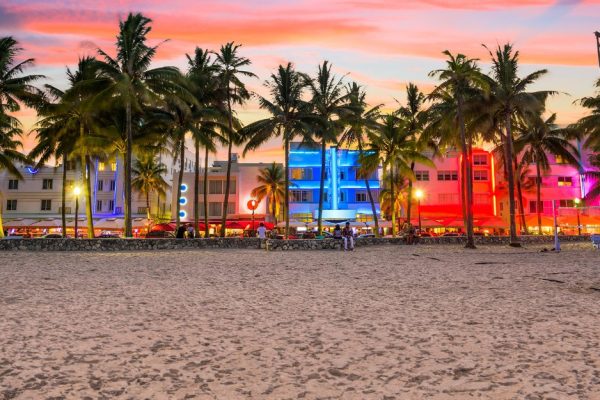Lane splitting, also known as lane filtering, is a motorcycle riding technique in which a motorcyclist rides between rows of stopped or slow-moving traffic in the same lane. It is only legal in two states in the United States: California and Utah.
There is a lot of debate over whether lane splitting improves or decreases motorcyclist safety. Proponents of lane splitting argue that it reduces the risk of rear-end collisions, improves traffic flow, and reduces emissions. Opponents counter it is dangerous and can lead to accidents involving other vehicles or pedestrians.
Research on the Safety of Lane Splitting
There is a growing body of research on the safety of lane splitting. A study published in Accident Analysis & Prevention in 2015 found that lane splitting motorcyclists in California were less likely to be involved in rear-end collisions than non-lane-splitting motorcyclists. The study also found that lane splitting motorcyclists were less likely to be injured in a crash, and their injuries were less severe.
Another study published in Traffic Safety Research in 2017 found that lane splitting did not increase the risk of accidents involving other vehicles or pedestrians. The study found that lane splitting may reduce the risk of these accidents.
Safety Tips For Lane Splitters
If you are going to lane split, do so safely:
- Only lane split when traffic is stopped or moving slowly.
- Do not lane split at speeds faster than 10 mph above surrounding traffic.
- Be aware of your surroundings and watch out for other vehicles, pedestrians, and cyclists.
- Use your turn signals to indicate your intentions to other drivers.
- Be prepared to stop quickly if necessary.
Early research suggests lane splitting may lower the risk of rear-end collisions for motorcyclists. However, lane split safely and to be aware of the risks involved.
The Pros and Cons of Lane Splitting
In addition to the safety benefits, lane splitting can also offer other advantages, such as:
- Reduced traffic congestion: Lane splitting allows motorcycles to move more freely through stopped or slow-moving traffic, which can help reduce traffic congestion for everyone.
- Improved fuel efficiency: Lane splitting can help motorcycles to improve their fuel efficiency by reducing the time they spend idling in traffic.
- Reduced emissions: Lane splitting can also help reduce emissions by reducing the time motorcycles spend idling in traffic.
Of course, lane splitting is not without its risks. Some of the potential risks of lane splitting include:
- Collisions with other vehicles: Lane splitters risk colliding with other vehicles, such as cars, trucks, and buses changing lanes or turning.
- Collisions with pedestrians and cyclists: Lane splitters also risk colliding with pedestrians and cyclists crossing the street or riding in the bike lane.
- Loss of control: Lane splitters can lose control of their motorcycles, especially when riding at high speeds or in wet or icy conditions.
In addition, motorcycle riders may also need to contend with driver road rage. Although rare, this reaction does happen. Whether it’s frustration at being stuck in traffic while motorcycle riders zip past them or ignorance of their right to split lanes, aggressive drivers have cut off and blocked motorcyclists with disastrous results.
Attorney J.J. Dominguez of The Dominguez Firm explains your rights if you are injured in an accident while riding a motorcycle. “Despite the bias of motorcycle riders as reckless daredevils, studies show motorists cause most collisions. If you or a loved one were seriously injured or killed in a motorcycle accident, contact a motorcycle accident attorney immediately.” He continued, “This negative stereotype refuses to fade and can negatively impact your claim. An experienced personal injury attorney will know how to combat this negative perception of motorcycle riders so you can receive the compensation you’re legally entitled to for your losses.”
Overall, the decision of whether to lane split in California and Utah is a personal one. If you choose to lane split, do so safely and to be aware of the risks involved.





